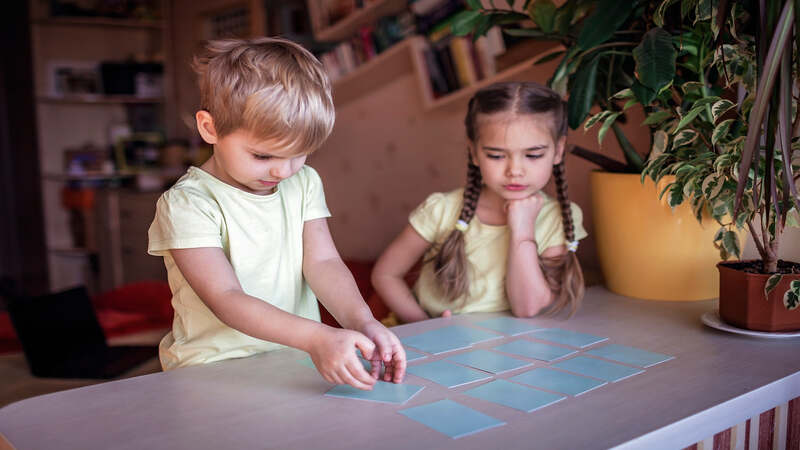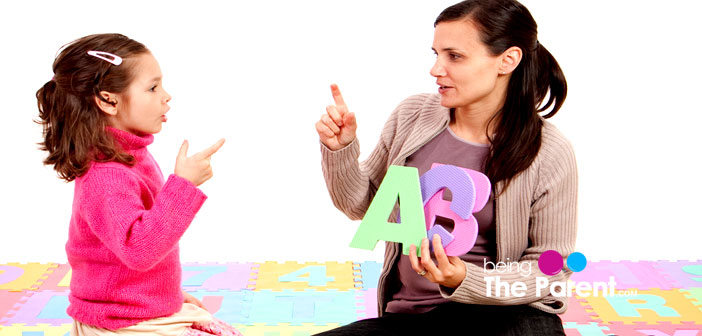
Are you trying to teach your toddler a rhyme and struggling? Are you trying to teach your school going child a mathematical formula and wondering why he is not getting it right? Are you generally worried about your child’s memory and want to learn how to improve it? Read on.
Unlike many aspects of learning—such as reading and writing where there is ongoing debates on when to introduce those to your children—memory is something all experts agree that the child should be good at from a young age. And with good reason. A good memory is a sign of healthy brain functioning. It is also an excellent way to position your child for success later in school and adult life. In any case, a good memory has never hurt anyone, has it? Before we look into how to improve your child’s memory, we need to quickly understand:
How Does Your Child’s Memory Work?
If you imagine memory to be confined to one part of the brain (much like hard disk stores all data in your computer), you are wrong. Memory is in fact spread all across the brain. If you have to visualize memory, imagine this – a complex web structure with multiple nodes and a network of threads connecting these nodes. These nodes are your memories. The threads are neural pathways that connects one node (or memory) to another.
When you or your child try to recollect something, then the neural pathway to that memory lights up, bringing the memory at the end of the pathway alive. Now, the more you try to recollect a memory, the neural pathway that leads to that memory becomes stronger and stronger, making the recollection faster and faster. In this way, your memory is much like a muscle. The more you work it, the better it gets. And this is the key to improving your child’s memory.
Since age impacts the way a child memorizes, we divide our memory tips into two:

5 Simple Tips To Improve Your Pre-schooler’s Memory
- Play memory-boosting games: Remember the “memory game” we played as a child? Bring it back for your kids. Building memory, while doing something enjoyable and fun like playing, is the best way to encourage your child to retain and recollect more information. Even if you do not have a board game, you can still encourage your child to memorize better through play. One example is – Show him three different colored balls. Then take them away and ask him to recollect the colors
- Following a routine: You know how babies thrive on routines. Every parenting website, including ours, urge you to establish a routine so that your baby feels secure. And all in good measure too. Because, believe it or not, routine also helps in improving memory. The child remembers what happens after he takes bath. He remembers what follows the night time story. Once a routine is established, you can also encourage his language skills by explicitly asking him what comes after a certain event – “You have drunk milk, what do we do now?”
- Asking questions: Asking questions about events that happened earlier in the day or previous day, or about people your child knows is a great way to strengthen those neural pathways we talked about earlier. “What color dress did your teacher wear today?”, “What is the name of Anita aunty’s son?” or “How did the boy fall down in the story I read to you?” are all some simple examples you can try
- Showing photographs: We are all guilty of clicking countless pictures of our babies in different places with different people. Flipping through the photos is again another great way to help your child recollect memories. Ask them to identify people they know in the photographs. Probe them to recount something funny that happened at a place in the picture. Do this exercise at least once in a month
- Making a song: Music is a great tool to boost memory. Notice how easily your child picks up a rhyme as opposed to a dialogue in this favorite story. This is also why “A,B,C,D” is taught as a song rather than 26 separate letters. You can go one step ahead of teaching the popular rhymes and create some of your own. You want to teach your child days of the week? Make a song out of it. You want to remind them of dining table rules? Make a song out of it. You want him to remember how to brush teeth? You get the idea!
Do you know that most of your child’s brain development happens before he is 5 years? Find out here.

5 Simple Tips To Improve Your School-Going Child’s Memory
- Using acronyms: Help them create easy-to-remember acronyms from the first letter of a list he has to remember. If it was not for VIBGYOR, we are sure to have missed few colors, and mixed up the order of the rainbow colors at least few times in our lives. Any list – of places, names of famous people, order of battles, key words in a long answer – can be memorized this way
- Using visualization techniques: Visualization is a great memory tool. A list of unrelated words (e.g. Lamp post, wind, children, truck) can be easily memorized if they are visualized in to a scene “(e.g. A lamp post on the road, a strong wind is blowing over the post, few children are walking on this road, and a truck just passed them)”. Using visual imagery is in fact one of the most famously employed memorization technique. Encourage your child to “place” words of an answer (or parts of a formula) he needs to remember on his way from home to park. When he needs to recollect it back, all he needs to do is mentally walk the road from your house to park, and he will see all the words he was trying to recollect
- Ensuring good sleep: Sleep can convert short term memory to long term memory! If your child perceive that a certain memory is important, he will review it subconsciously in his sleep. Once he reviews it in his sleep, the chances of him remembering that when he is awake is much higher. So ensure your child gets a good night’s sleep before the exams!
- Encouraging revision: We mentioned earlier how memory is like a muscle. More you work it, more efficient it becomes. Get your child to revise 2-3 or more times before an important test. Revisions should not happen one after the other – you need to give enough interval between the revisions to make them effective
- Using acrostics: The engineering grads among you would know how many of us remembered the OSI layers (Physical, Data, Network, Transport, Session, Presentation and Application) with a simple mnemonics – Please do not throw sausage pizza away. You basically take first letter of each word that you need to memorize and form a sentence out or these letters. The advantage of this technique over acronyms is that it is easier to remember a sentence in context as opposed to acronyms
For any child, a lot of external factors – like the time of the day, the light in the room, the calmness in the house, the freshness of the body, the diet and physical activities – play a major role in how memories are retained and recalled. While all the techniques listed above will help your child improve his memory, it is also important to ensure the external factors mentioned here are taken care of.
Happy parenting!

